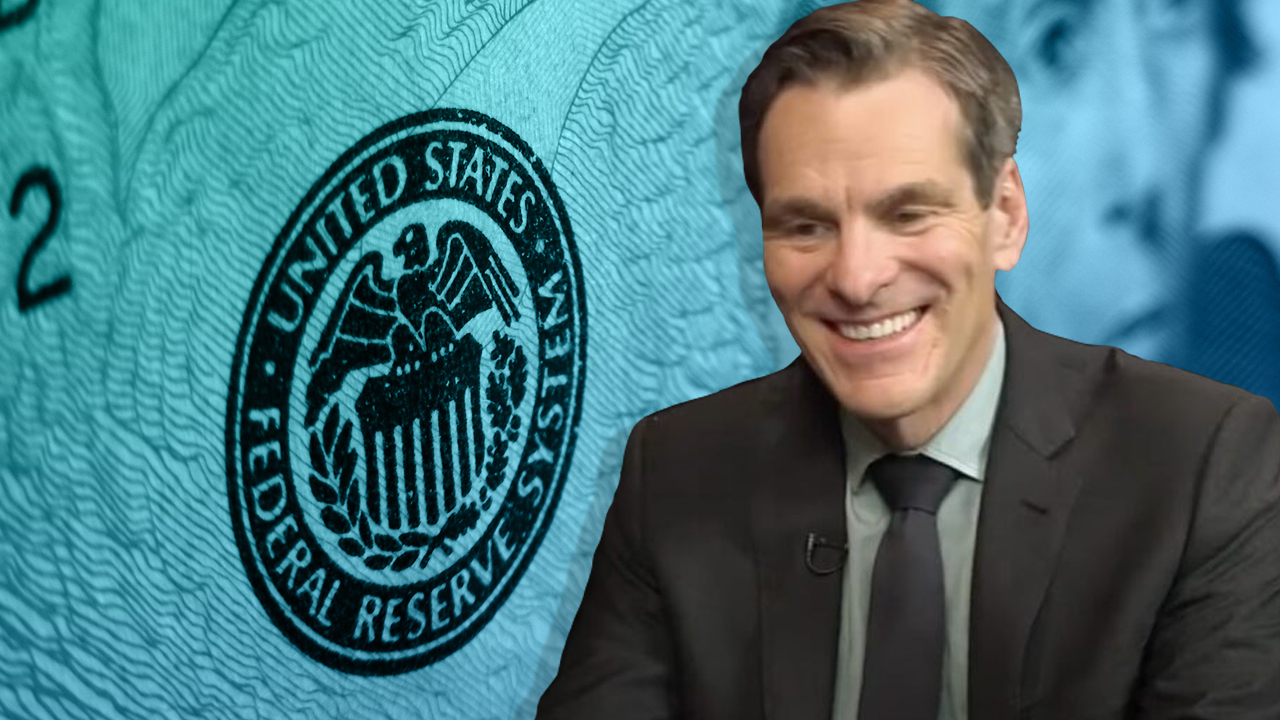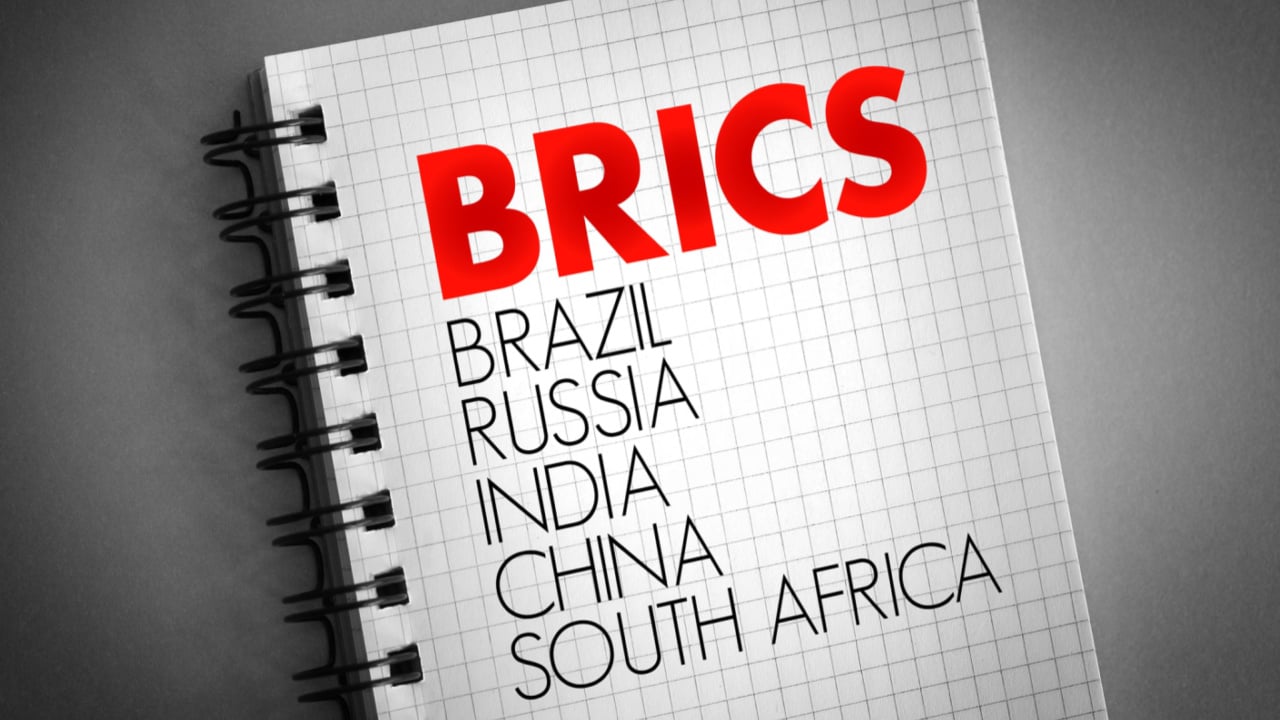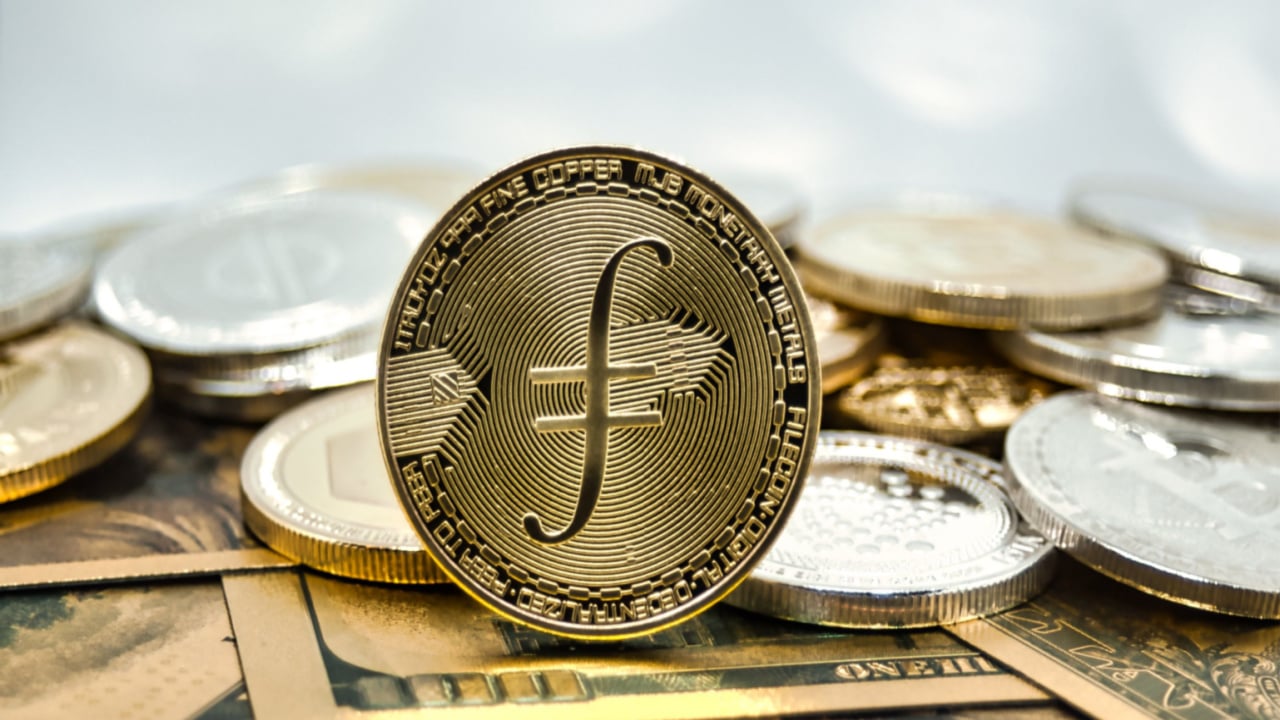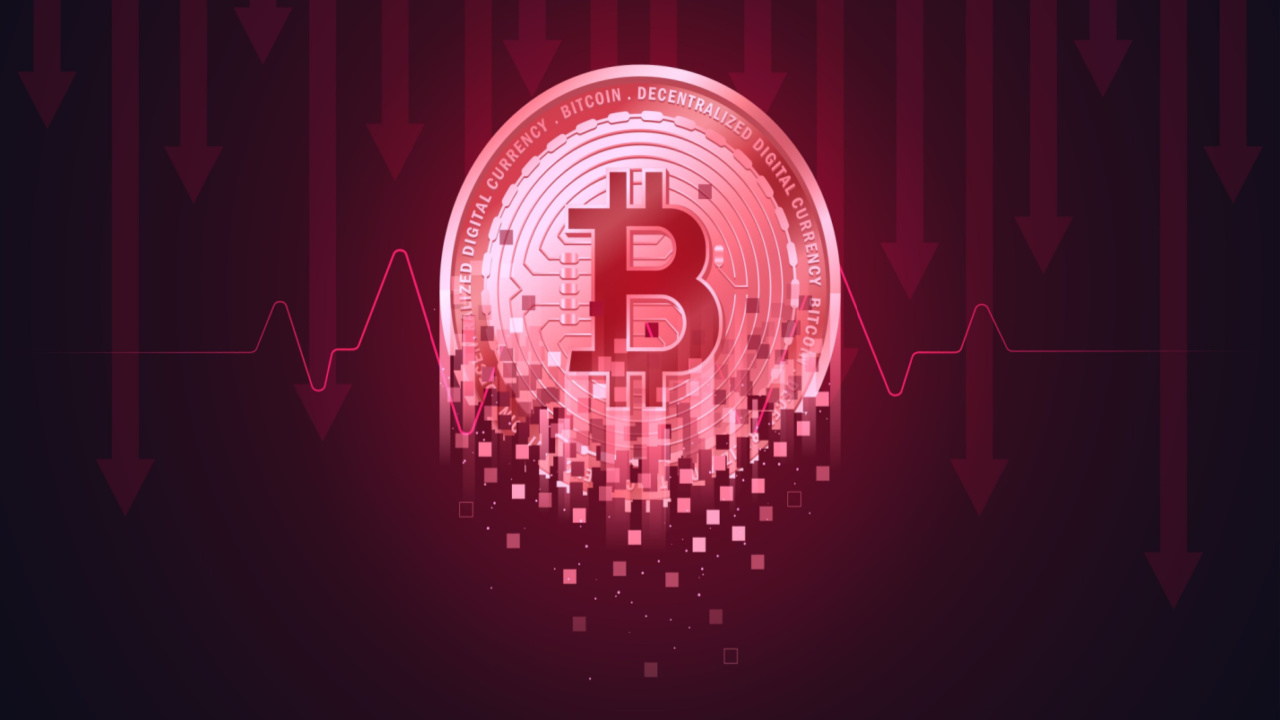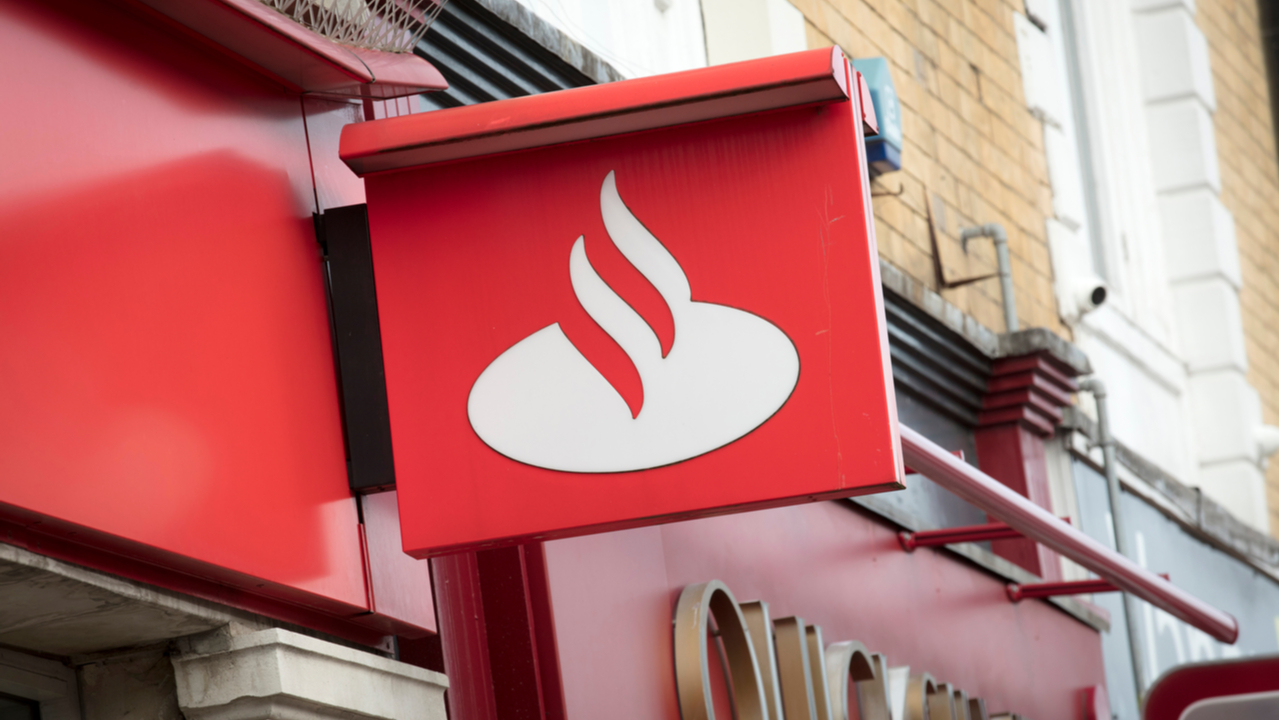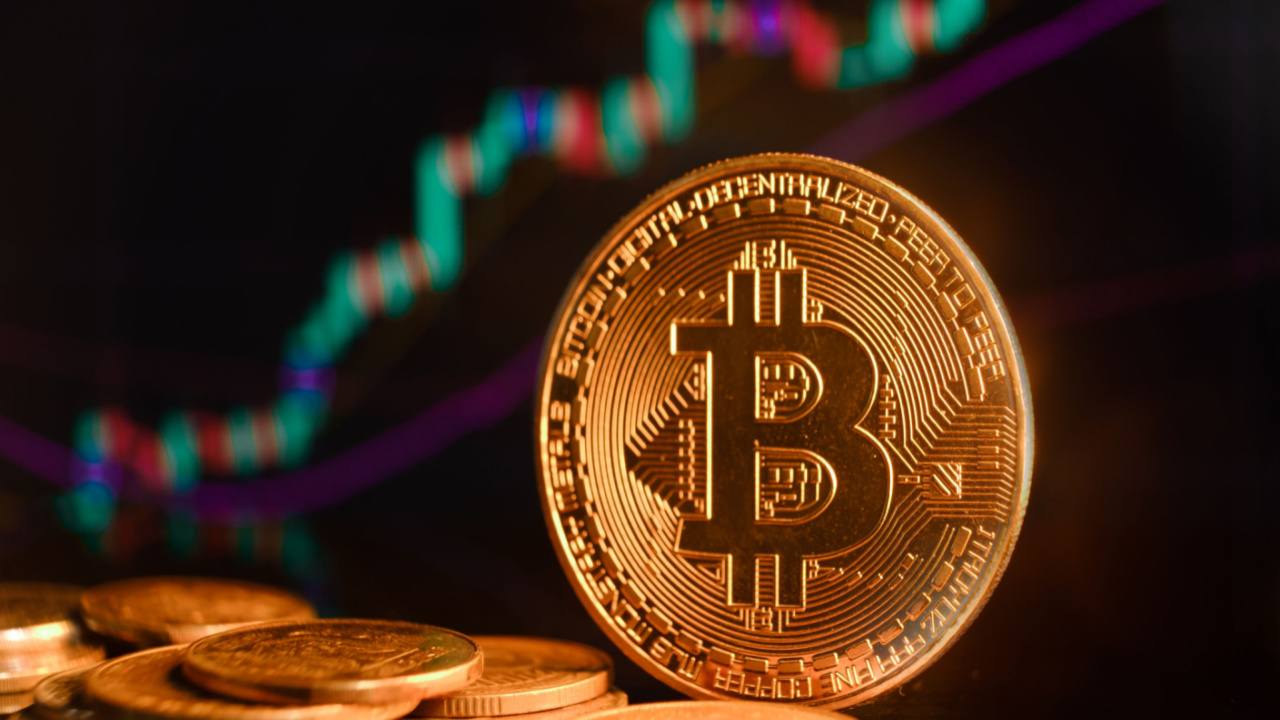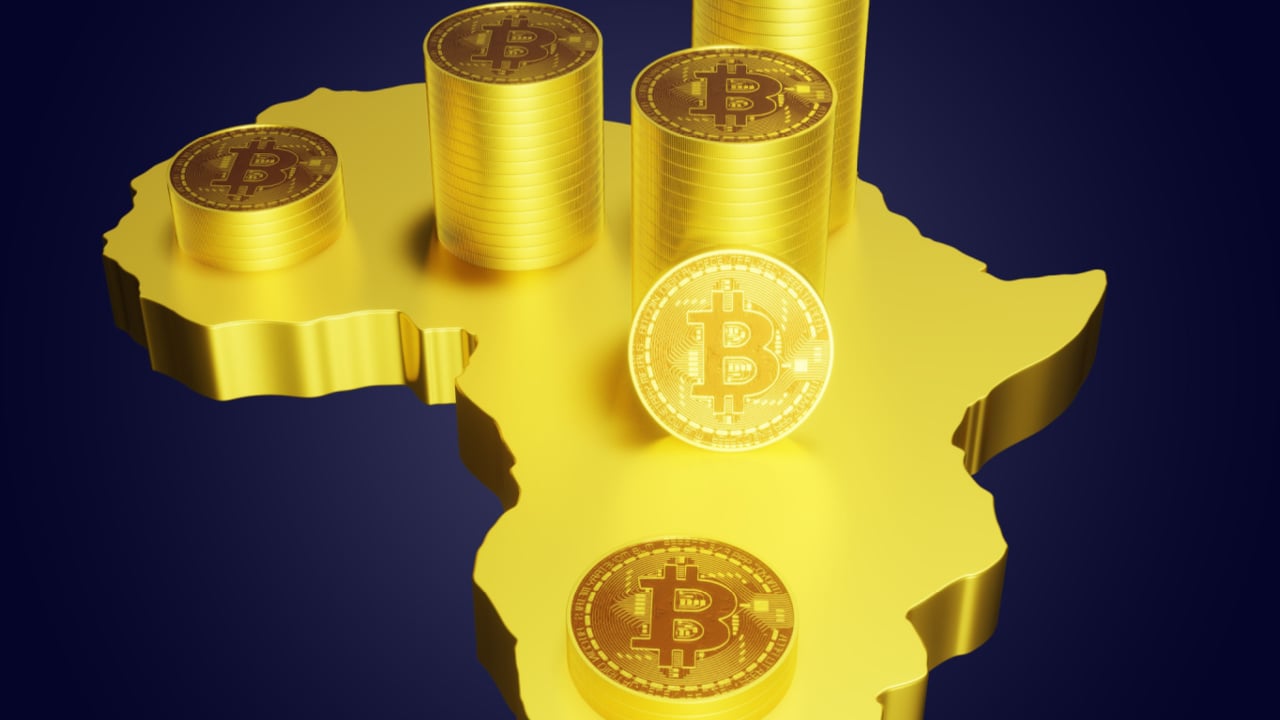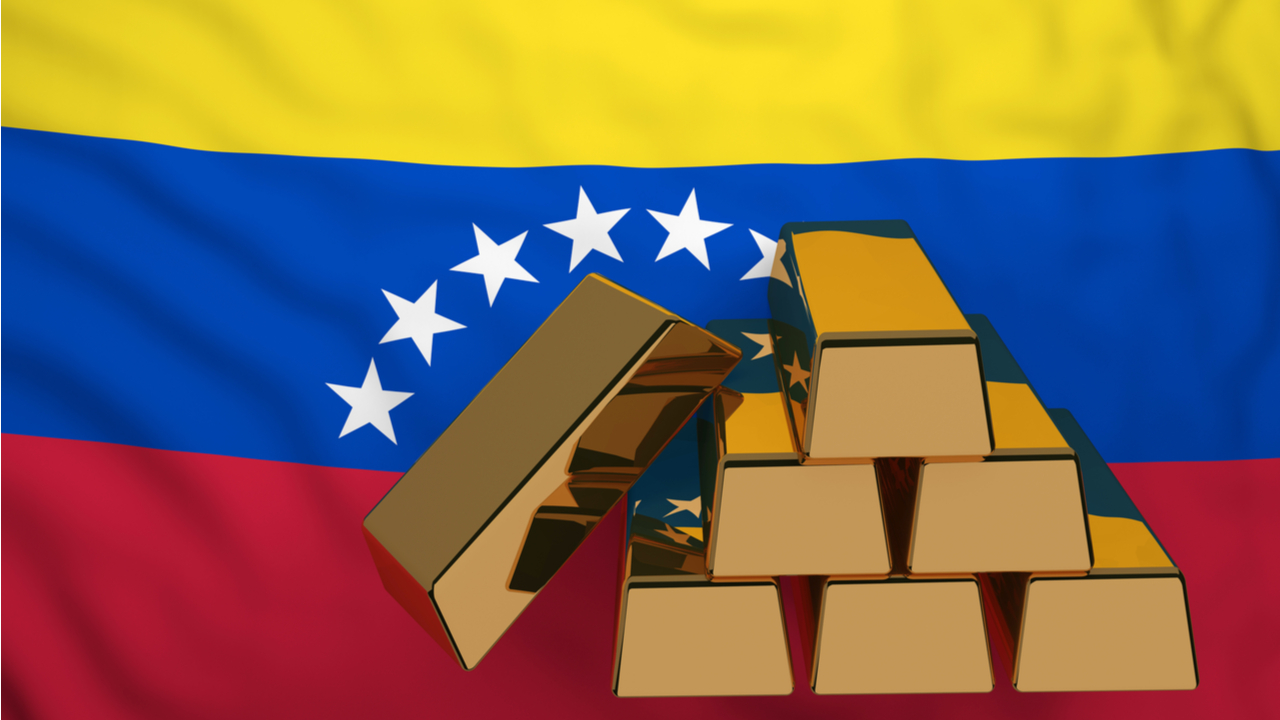
Her Majesty’s High Court of Justice in England has determined that the Venezuelan gold stored in the vaults of the Bank of England must be managed by officials of the Central bank of Venezuela designated by opposition leader Juan Guaido. The management of this gold stash, which is comprised of 31 tonnes of this precious metal, is in dispute since 2019 when Guaido asked the Bank of England to freeze these assets in order to avoid a possible sale.
London High Court Rules in Favor of Opposition Leader Juan Guaido
The saga of the Venezuelan Gold stored in the vaults of the Bank of England seems to be nearing its end. The High Court of London has determined that the management of the 31 tonnes of gold corresponds to Juan Guaido, the opposition leader that proposed an alternate government in the country back in 2019.
According to the sentence, due to the recognition that the government of England has of Guaido as interim president of Venezuela, the rulings of the Supreme Tribunal of the country, which disregarded Guaido’s right on managing this gold, were ignored. The judge stated:
I have … concluded that the Guaido Board succeeds: that the Venezuelan supreme court judgements are not capable of being recognized.
Guaido’s team considered this a victory, and considered this decision a “step towards protecting Venezuela’s sovereign gold reserves for the benefit of the Venezuelan people.” However, the government of President Maduro prepared to appeal this decision, considering it an “unfortunate ruling.” Even with this decision, Guaido will not be able to move this gold until the matter is fully resolved.
Not Your Vaults, Not Your Gold
The process involving the seizure of the gold due to Guaido’s petition and the whole judicial battle between the two parallel governments of the country has originated worries about the trust that third parties can have when possessing assets held in foreign countries. The final ruling will also determine how the British government might rule in similar cases involving government conflicts in the future.
The government of Maduro is seeking to repossess these assets since 2020 when the Central Bank of Venezuela wanted to sell these assets to aid the population to deal with the covid-19 pandemic, a request that was denied at the time. The institution stated:
The BCV remains concerned that the cumulative effect of the judgments of the English Court appears to accord a simple statement by the UK Government recognizing as a head of state a person with no effective control or power over any part of that state.
What do you think about the 31-tonne Venezuelan gold saga? Tell us in the comments section below.
via Sergio Goschenko

 ️, ⛳️) (@mdudas)
️, ⛳️) (@mdudas) 